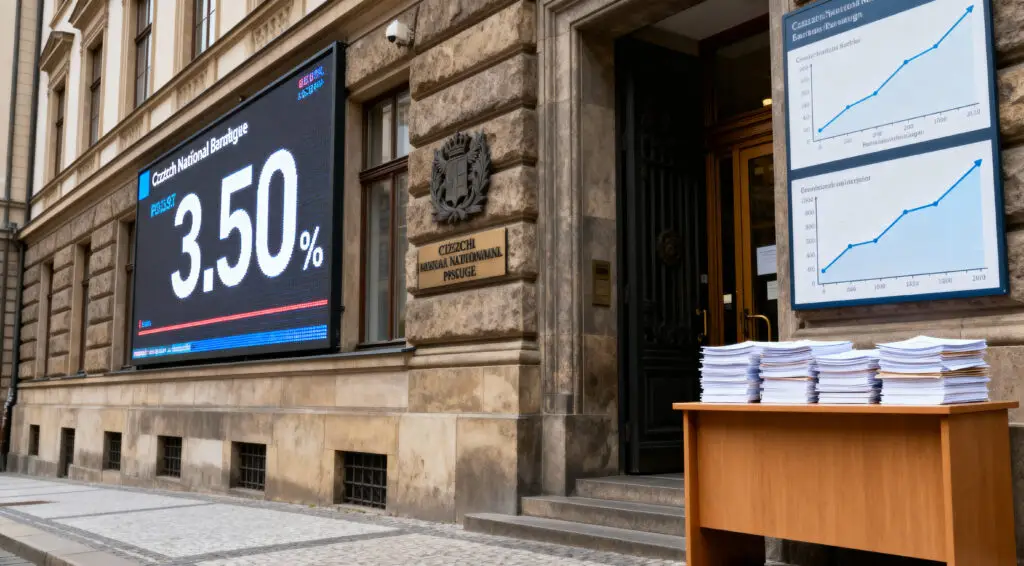Stablecoins, digital tokens designed to represent a fixed amount of a fiat currency like the U.S. dollar, are emerging as a significant force in the payments landscape. Investors are increasingly betting on their potential to rapidly disrupt traditional payment methods. For established giants like Visa and Mastercard, the quickest and most effective path to integrating stablecoins into consumer wallets may lie in collaboration rather than competition, positioning them to navigate this evolving financial frontier successfully.
Stablecoins: A New Force in Consumer Payments
Stablecoins are rapidly gaining traction and are seen by many as having a strong chance at widespread use in consumer payments. These digital tokens are designed to maintain a fixed value, typically pegged 1:1 to a fiat currency such as the U.S. dollar. This inherent stability makes them an attractive alternative for everyday transactions, potentially offering a more efficient and cost-effective way to conduct payments globally.
Investor Confidence in Stablecoin Disruption
Investors are increasingly placing their bets on stablecoins, anticipating their rapid disruption of conventional payment systems. This growing confidence reflects a belief in the technology’s ability to streamline financial transfers and reduce intermediary costs. The significant capital flowing into stablecoin projects indicates a widespread market expectation of their eventual integration into mainstream commerce and personal finance.
The Threat to Traditional Payment Rails
The rise of stablecoins poses a direct challenge to the established business models of payment processing giants like Visa and Mastercard. If stablecoins become a primary method for consumer payments, they could bypass existing card networks, potentially eroding revenue streams from transaction fees. This necessitates a strategic response from these traditional players to adapt to the evolving digital payment landscape.
Collaboration as a Survival Strategy
For Visa and Mastercard, surviving and thriving in a stablecoin-dominated future may hinge on their willingness to collaborate with stablecoin issuers and integrate these digital assets into their existing infrastructure. By working with today’s players, they can leverage their vast network effects and existing merchant relationships. This approach could allow them to remain central to the payments ecosystem, even as the underlying technology shifts.
Integrating Stablecoins into Consumer Wallets
The most efficient route for stablecoins to achieve broad consumer adoption is likely through seamless integration with existing digital wallets and payment platforms. Visa and Mastercard possess extensive experience and infrastructure in this area. By facilitating stablecoin transactions through their platforms, they can ensure a smooth transition for consumers and merchants, preserving their relevance in the face of innovation.
Adapting to the Digital Payment Evolution
The emergence of stablecoins signals a broader evolution in how payments are conducted globally. For long-standing companies like Visa and Mastercard, adaptability is key to their continued success. Embracing stablecoins, understanding their unique advantages, and finding ways to incorporate them into their services will be crucial for these companies to maintain their market leadership and relevance in the rapidly digitizing financial world.























